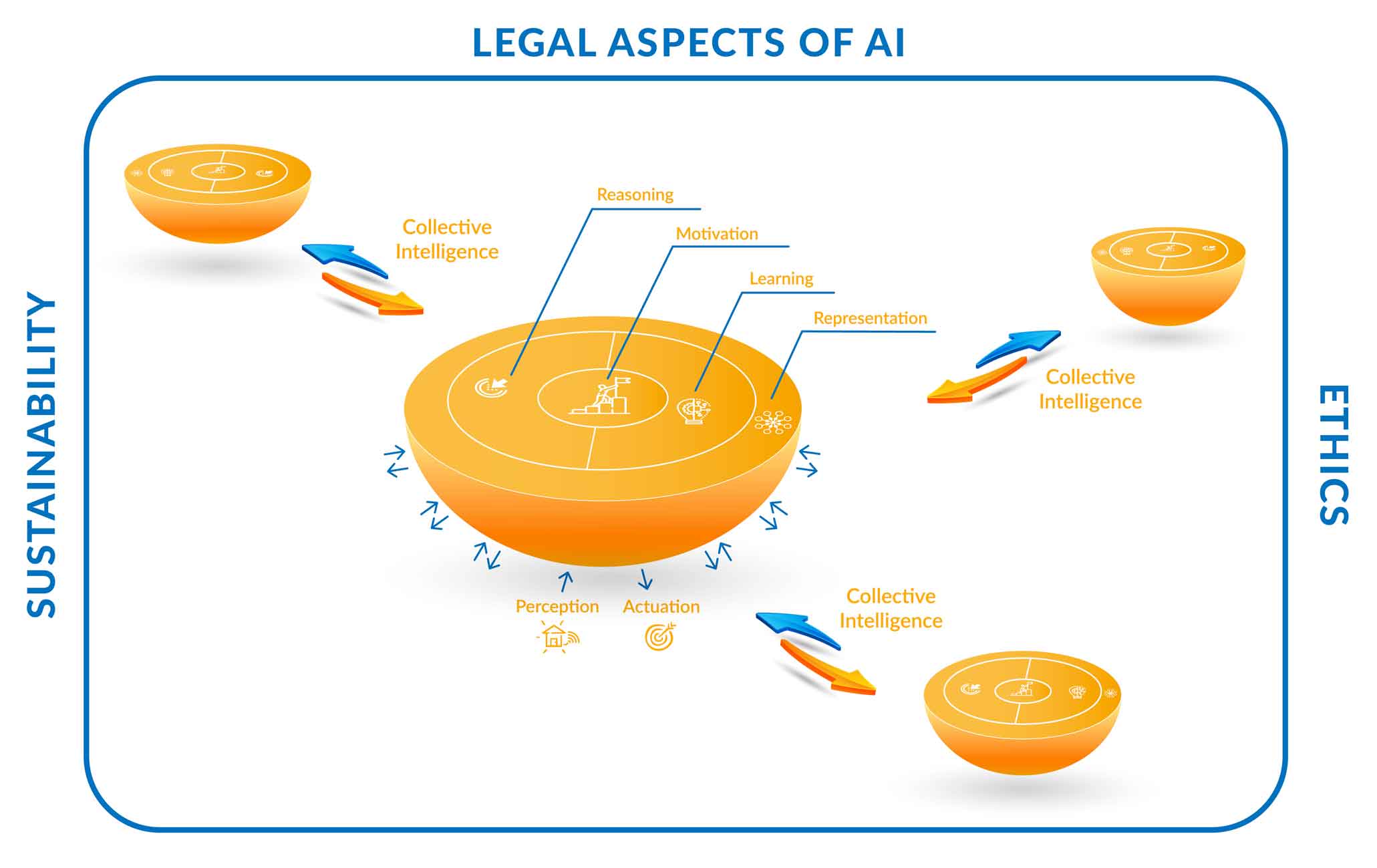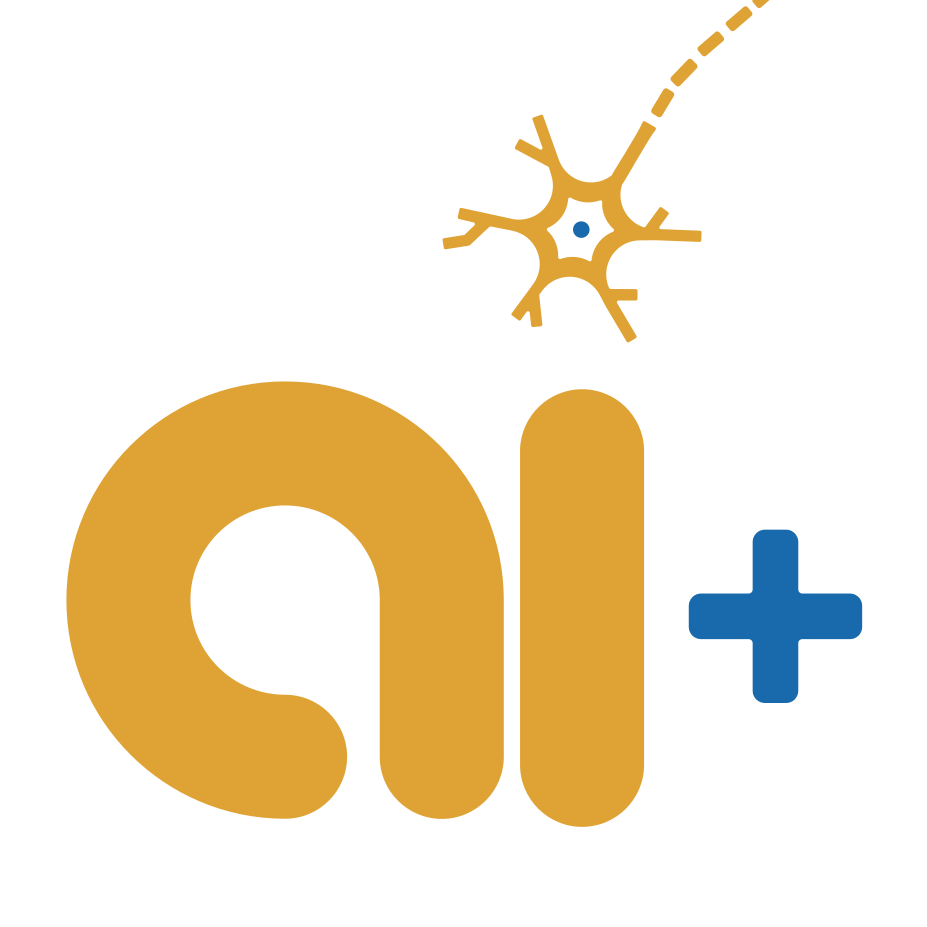Our Approach
The AI teaching approach that will be followed in AI+ is aligned with EU recommendations, so it will be focused on embedded intelligence, that is, programming real-world devices that interact with real environments. This requires relying on some specific hardware elements in order to implement the teaching material. To this end, in order to follow the most general approach possible, we have established as a key premise in the project using the student’s mobile phone (smartphone) ) as the central technological element for all educational material to be developed.
Current smartphones have the technological level required for AI teaching in terms of sensors, actuators, computing power and communications; and they will have it in the future because they are continuously being updated. They can be considered as general public devices, with a very similar presence in all of the European states. This is very important for this proposal, because a large majority of high school students have their own Smartphone, so they can use it for learning. This significantly reduces the cost of introducing this discipline, and equalizes regions with different economic level.
In order to establish the main concepts that pre-university students should know about AI, we must keep in mind the blocks displayed in section “AI Background”, because they make up the topics that must be addressed. Our approach is based on the work carried out at the AI4K12 initiative. They have established that 5 main topics must be covered in this scope: perception, representation and reasoning, learning, human-machine interaction, and ethics. . In our case, we propose preserving most of them, but some variations are included, leading to 8 main topics that should be addressed, and some sub-topics:
- Perception: focused on computer vision, speech recognition, tactile interaction, and remote sensing (IoT)
- Actuation: movement, speech production, information display, remote actuation (IoT)
- Representation: maps, mathematical models, memory
- Learning: supervised, unsupervised, reinforcement learning (artificial neural networks)
- Reasoning: planning, optimization, search
- Collective Intelligence: coordination, communications, IoT
- Motivation: goal definition, autonomous design, human-machine interaction, learning by demonstration
- Sustainability, ethics and legal aspects of AI

The diagram shown above, displays a representation of our approach to an AI ecosystem, based on these 8 topics. Legal aspects, ethics and sustainability surround the ecosystem, because they are relevant in many different aspects of AI. Inside the square, our ecosystem has been represented as a sort of cellular system, with individual cells representing AI systems that can communicate in a sort of fluid. The idea is that, in the near future, many AI systems will “co-exist” in the same environment, in this case, the internet virtual environment, and they will communicate to coordinate their operation. Regarding this coordination, we will study the collective intelligence topics in our curriculum approach.
Each “cell” in the diagram takes information from the environment (perception), and performs actions on it (actuation). Inside it, we have created a sort of layered structure, being the most external one the representation layer, then the learning one, then reasoning, and in the core of our AI system, we have the motivation that controls the system operation.
The section “Methodology” of this site contains the details of how we have covered these 8 topics using the smartphone as the key didactical tool.




